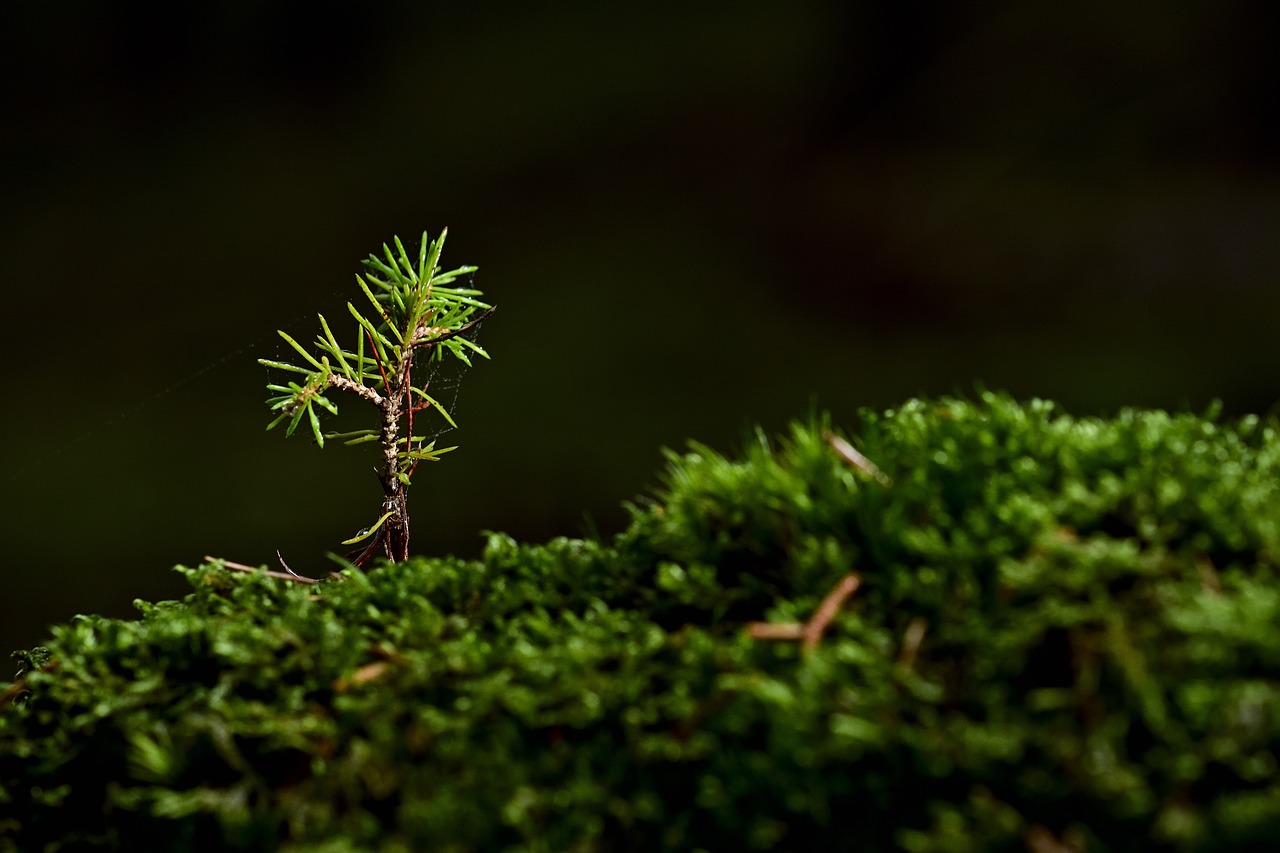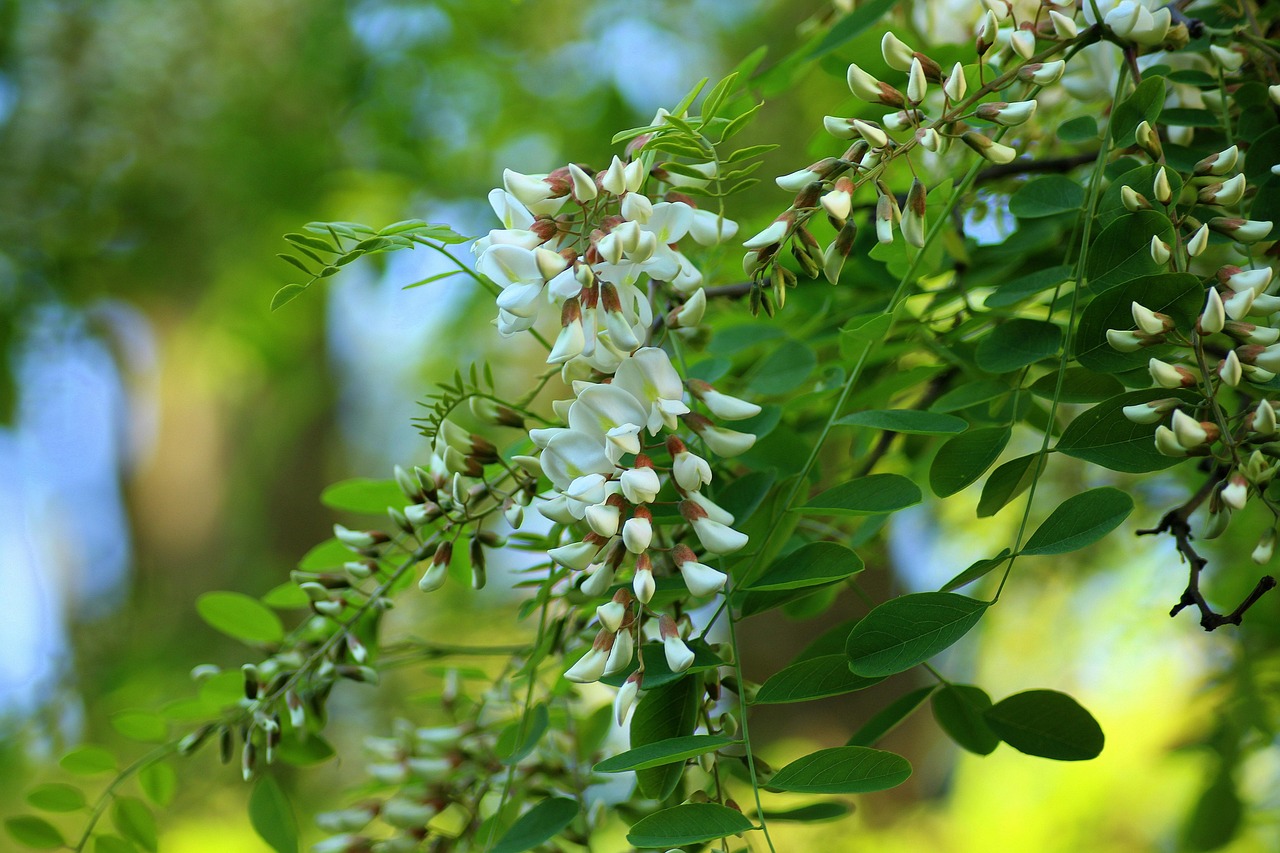Acacia trees predominantly grow in warm climates, particularly in regions with arid or semi-arid conditions. They are primarily found in Australia, Africa, and parts of the Americas, thriving in areas with well-drained soil and ample sunlight.
Understanding Acacia Trees

Acacia trees belong to the family Fabaceae and are known for their diverse species and adaptability. With over 1,300 species, these trees can be found in various habitats around the world. Their unique characteristics make them a significant part of the ecosystem, especially in dry regions. Acacias are typically recognized for their distinctive foliage, which often consists of finely divided leaves that give them a feathery appearance.
Their growth patterns also vary based on their environment. While some species are small shrubs, others can grow into towering trees. The adaptability of acacia trees allows them to thrive in different climates, though they prefer warm temperatures and can endure drought conditions.
Climate Preferences
Acacia trees are most commonly associated with tropical and subtropical climates. However, certain species have adapted to temperate regions as well. The following are key climatic factors influencing the growth of acacia trees:
- Temperature: Acacia trees thrive in temperatures ranging from 20°C to 30°C (68°F to 86°F). Some species can tolerate higher temperatures, while others may require cooler nights to flourish.
- Rainfall: These trees often grow in areas receiving between 250 mm to 1,500 mm (10 to 60 inches) of rainfall annually. They are particularly well-suited for regions that experience distinct wet and dry seasons.
- Soil Type: Acacias prefer well-drained soils, often thriving in sandy or loamy substrates. Poorly drained soils can lead to root rot and other complications.
Regional Distribution
The distribution of acacia trees is vast, spanning several continents. Here are some notable regions where acacia trees are predominantly found:
| Region | Species Examples | Characteristics |
|---|---|---|
| Africa | Acacia senegal, Acacia tortilis | Found in savannas and semi-arid zones; important for local wildlife. |
| Australia | Acacia pycnantha, Acacia dealbata | Diverse habitats from coastal areas to deserts; integral to Aboriginal culture. |
| Americas | Acacia farnesiana | Grows in warm regions of southern United States and South America; used for medicinal purposes. |
The diversity of acacia species reflects their ability to adapt to various environmental conditions. In Africa, acacias play a crucial role in maintaining the ecosystem by providing food and shelter for many animal species. In Australia, they are not only vital for biodiversity but also hold cultural significance for Indigenous peoples.
Understanding the climate and regional distribution of acacia trees enhances our appreciation for these remarkable plants. Their resilience and adaptability make them essential components of their respective ecosystems.
Ecological Importance of Acacia Trees
Acacia trees play a vital role in their ecosystems, contributing to both environmental health and biodiversity. Their unique adaptations allow them to thrive in challenging conditions, making them indispensable for many regions. Understanding the ecological importance of acacias can help illustrate their value beyond mere aesthetic appeal.
Soil Improvement
One of the most significant contributions of acacia trees is their ability to improve soil quality. They are known for their nitrogen-fixing capabilities, which enrich the soil in which they grow. This process takes place through symbiotic relationships with specific bacteria in their root nodules.
- Nitrogen Fixation: Acacias convert atmospheric nitrogen into a usable form, enhancing soil fertility.
- Soil Stabilization: Their extensive root systems help prevent soil erosion, especially in arid regions.
- Organic Matter Contribution: Fallen leaves and decomposed roots add organic matter to the soil, improving its structure.
Biodiversity Support
Acacia trees serve as essential habitats for various species, fostering biodiversity. They provide food and shelter for numerous animals, including insects, birds, and mammals.
- Wildlife Habitat: Acacias offer nesting sites and protection for birds and small mammals.
- Pollinator Attraction: The flowers of many acacia species are rich in nectar, attracting bees and other pollinators.
- Food Source: Various animals, including herbivores, consume the leaves and pods of acacia trees.
Cultural Significance
Beyond their ecological roles, acacia trees hold cultural importance in various societies around the world. Different cultures have utilized acacias for their resources and symbolic meanings.
Indigenous Uses
In Australia and Africa, Indigenous peoples have historically relied on acacia trees for various purposes:
- Food: Some species produce edible seeds and pods that are integral to traditional diets.
- Medicinal Applications: Various parts of acacia trees are used in traditional medicine to treat ailments ranging from infections to digestive issues.
- Cultural Practices: Acacias are often featured in rituals and ceremonies, symbolizing resilience and strength.
Economic Value
The economic significance of acacia trees is also noteworthy. They are harvested for timber, fuel, and other products that contribute to local economies:
- Timber Production: Certain acacia species yield high-quality wood used in furniture and construction.
- Resins and Gums: Acacias produce valuable resins, such as gum arabic, which is used in food products and pharmaceuticals.
- Tourism: Scenic acacia forests attract tourists, providing economic opportunities for local communities.
Challenges Faced by Acacia Trees

Despite their adaptability, acacia trees face several challenges that threaten their populations and habitats. Understanding these challenges is crucial for conservation efforts.
Climate Change
The impacts of climate change pose significant threats to acacia populations. As global temperatures rise, the habitats suitable for acacias may shift or diminish:
- Drought Conditions: Increased frequency of drought can stress acacia trees, reducing their growth and reproductive success.
- Pest and Disease Outbreaks: Changing climates can result in the proliferation of pests and pathogens that harm acacia health.
Habitat Loss
Urbanization and agricultural expansion are leading to significant habitat loss for many acacia species. This loss affects not only the trees themselves but also the wildlife that depends on them for survival.

- Deforestation: Clearing forests for agriculture or development reduces available habitat.
- Fragmentation: Habitat fragmentation disrupts ecological connections between populations, hindering genetic diversity.
The challenges that acacia trees face require urgent attention from conservationists and policymakers. Protecting these remarkable trees is essential for maintaining biodiversity and ensuring ecological balance.
Conservation Efforts for Acacia Trees
Given the ecological and cultural significance of acacia trees, various conservation efforts are underway to protect them. These initiatives aim to address the challenges posed by climate change and habitat loss. Understanding these efforts can highlight the importance of preserving acacia populations for future generations.
Protected Areas and Reserves
Establishing protected areas is a crucial strategy in conserving acacia trees and their habitats. National parks and nature reserves play a vital role in safeguarding biodiversity.
- National Parks: Many countries have designated national parks that encompass acacia forests, providing a safe haven for these trees and associated wildlife.
- Wildlife Reserves: Wildlife reserves focus on protecting specific ecosystems, often including significant acacia populations critical for local fauna.
- Community-Led Conservation: In some regions, local communities are actively involved in managing protected areas, ensuring sustainable practices that benefit both people and nature.
Reforestation Initiatives
Reforestation is another essential component of conservation efforts. Planting new acacia trees can help restore degraded areas and revive ecosystems.
- Local Reforestation Projects: Many local organizations initiate reforestation projects that focus on native acacia species to enhance local biodiversity.
- School and Community Programs: Educational programs encourage schools and communities to participate in planting acacias, fostering environmental stewardship among younger generations.
- Corporate Partnerships: Some companies partner with environmental organizations to fund reforestation efforts, demonstrating corporate social responsibility.
Research and Monitoring
Research plays a vital role in understanding acacia trees’ ecological needs and responses to environmental changes. Ongoing studies contribute to effective management strategies.
Ecological Studies
Research institutions and universities conduct ecological studies to gather data on acacia trees. This includes:
- Diversity Assessments: Studies assess the diversity of acacia species in different regions, contributing to knowledge about their distribution and adaptations.
- Climate Impact Research: Researchers investigate how climate change affects acacia growth patterns, reproductive success, and overall health.
- Soil Health Analysis: Research on soil interactions helps understand how acacia trees influence soil quality and fertility.
Monitoring Programs
Monitoring programs are established to track the health of acacia populations. These programs can help detect early signs of decline due to environmental stressors.
- Field Surveys: Regular field surveys help assess tree health, population density, and distribution changes over time.
- Remote Sensing Technology: Advances in technology allow scientists to use satellite imagery to monitor changes in forest cover and identify areas at risk.
- Citizen Science Initiatives: Engaging the public in monitoring efforts can increase awareness and provide valuable data on acacia populations.
Cultural Awareness and Education

Raising awareness about the significance of acacia trees is a key aspect of conservation. Educational campaigns help inform the public about their ecological roles and cultural importance.
Community Engagement Programs
Programs aimed at community engagement can foster a deeper understanding of local ecosystems:
- Workshops and Seminars: Hosting workshops on the importance of acacia trees can educate community members about sustainable practices and conservation efforts.
- School Curriculum Integration: Incorporating lessons about acacia trees into school curricula can inspire young people to appreciate their natural heritage.
- Cultural Festivals: Celebrating cultural festivals that highlight the significance of acacias can strengthen community bonds and promote conservation efforts.
The collective efforts of conservationists, researchers, and local communities are crucial for ensuring the survival of acacia trees. By promoting awareness, implementing protective measures, and restoring habitats, we can work towards a sustainable future for these remarkable trees.
Future Perspectives on Acacia Trees
As we look to the future, the role of acacia trees in combating environmental challenges becomes increasingly vital. The ongoing research and conservation efforts highlight the need to adapt strategies in response to changing climate conditions. Here are some important aspects to consider moving forward:
Climate Resilience Strategies
Developing strategies that enhance the resilience of acacia trees will be crucial. This includes:
- Selecting Resilient Species: Identifying and planting acacia species that are more tolerant of extreme weather conditions can help ensure their survival.
- Habitat Restoration: Restoring degraded habitats not only benefits acacias but also supports the myriad species that rely on these ecosystems.
- Water Management Practices: Implementing sustainable water management techniques can help mitigate drought impacts and support healthy tree growth.
Collaborative Conservation Efforts
Collaboration among various stakeholders is essential for effective conservation:
- Government Agencies: Policy changes that prioritize conservation funding can lead to more robust protection measures for acacia forests.
- Non-Governmental Organizations (NGOs): NGOs play a critical role in raising awareness and mobilizing resources for conservation projects.
- Local Communities: Engaging local communities in stewardship programs ensures that conservation efforts are culturally relevant and sustainable.
Conclusion
The importance of acacia trees extends far beyond their physical presence in various landscapes. These trees are integral to ecological health, social and cultural practices, and economic development. Their ability to adapt to diverse climates and conditions makes them a resilient species, yet they face significant threats from climate change and habitat loss.
Through concerted efforts in research, conservation, and community engagement, we can protect these vital trees and their ecosystems. The future of acacia trees relies on our collective actions to address the challenges they face. By fostering awareness and promoting sustainable practices, we can ensure that acacia trees continue to thrive, benefiting both nature and humanity for generations to come.
Ultimately, understanding where acacia trees grow, their climate preferences, and their regional distribution is essential for effective conservation strategies. As stewards of the environment, we share the responsibility to protect these remarkable trees, recognizing their significant contributions to our planet’s biodiversity and cultural heritage.
